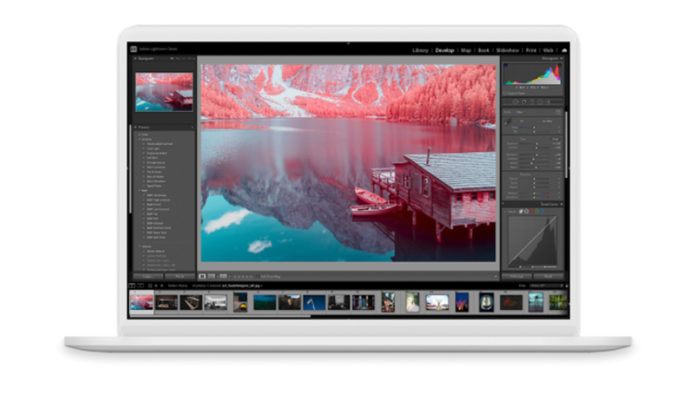
Even if your shoot has gone perfectly, you probably aren’t looking forward to editing hundreds or even thousands of images when you get back to your computer. Fortunately, this process is much easier with batch editing in Lightroom. Batch editing is a valuable skill in any photographer’s arsenal, as it simplifies your work and saves a lot of time.
What Is Batch Editing and Why Use It?
Practically designed for batch editing, Lightroom has comprehensive features that enable photographers to quickly and effectively process their images. How does it work? With batch editing, you take corrections from a single image and apply them to as many as you need.
If your shoot focuses on a specific location, this editing technique greatly reduces how much time you’ll spend processing images. As you produce consistent edits across dozens of images in seconds, the hours you save in Lightroom mean your deadlines won’t feel so tight.
How to Use Batch Editing
Ready to start batch editing photos? There are several slightly different methods, but we’ve chosen to highlight a streamlined approach that produces outstanding results.
Step 1: Review Your Images
Batch editing is the ideal way to speed up your image processing, but there’s no point in altering photos that definitely won’t make the final cut. This means you should always add rejected flags to blurry, duplicate, and misfired images before batch editing.
Once you import your images into the Library module, use the Loupe View to browse through your photos. By pressing the “X” key, you can reject poor-quality images, while pressing “P” adds a white flag symbol that shows you’ve picked these photos to edit.
Step 2: Edit Your First Image
After completing this cull, it’s time to edit your first image in Lightroom. In the Develop window, filter your images by those marked with the picked flag. Choose an appropriate image and complete your edits.
Head to the left-hand side of the Develop module and press “Copy,” This opens up a new “Copy Settings” window, where you can decide to copy all or just some of the edits you made.
Step 3: Sync Edit to Multiple Images
Once you’ve made a copy of your first Lightroom edit, you can apply these settings to as many unedited images as you like. To do so, highlight the series of images you want to batch edit in the Filmstrip.
Click the “Sync” button on the right-hand side of the Develop module. Next, the “Synchronize Settings” window will appear where you can choose to add or remove specific editing settings. After clicking “Synchronize,” each image selected will automatically edit.
Step 4: Re-Edit the Best of the Best
Now that you’ve successfully batch edited your images, you can repeat the same flagging process using star ratings. As you review your images more closely with each pass, you’re able to swiftly whittle down hundreds of images to only the very best.
Once you’ve got just a handful of exceptional shots to work with, carefully editing individual images won’t feel so daunting. With the power of batch editing in Lightroom, you can process a full-day shoot in minutes rather than hours.
Tethering into LightRoom Made Possible for Sony Users with Smart Shooter
If you’re after the full functionality that tethering your Sony Alpha series camera to Lightroom brings, then Tether Tools has the solution. In order to tether your Sony Alpha series camera to Lightroom, you need to download Smart Shooter. Once set up, Smart Shooter will only need to run in the background while you use Lightroom Classic to maximize your workflow. You’ll find having Smart Shooter running in the background is seamless and fast. Tether Tools offers a 30-day trial of the software if you would like to try it out.
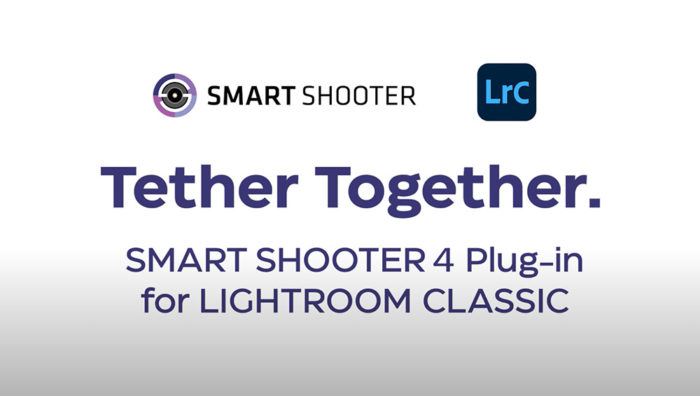
Tether Tools for Smarter Shooting
While batch editing photos is incredible for improving efficiency in Lightroom, your next day on set can be even more productive using Tether Tools. Shoot and review your images in real-time with high-quality cables made for photographers and videographers.
Get the Gear
-
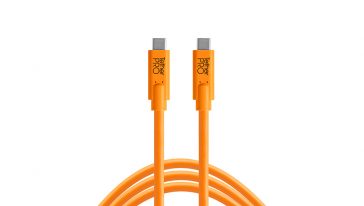
TetherPro USB-C to USB-C 5G Cable
$26.99 – $59.99 Select options This product has multiple variants. The options may be chosen on the product page -
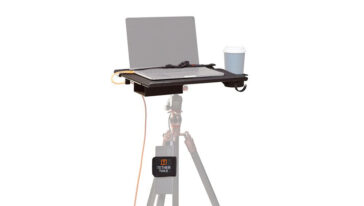 22% OFF
22% OFFPro Tethering Kit
$471.91$369.95 Select options This product has multiple variants. The options may be chosen on the product page -
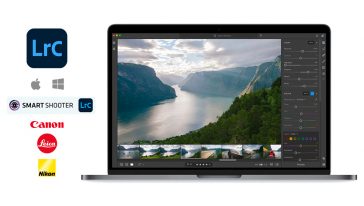
Adobe Lightroom Classic
$120.00 Buy ProductFree Trial


